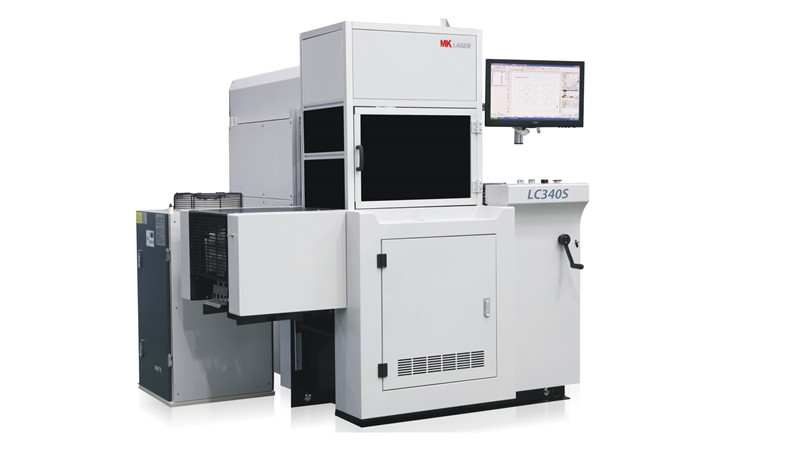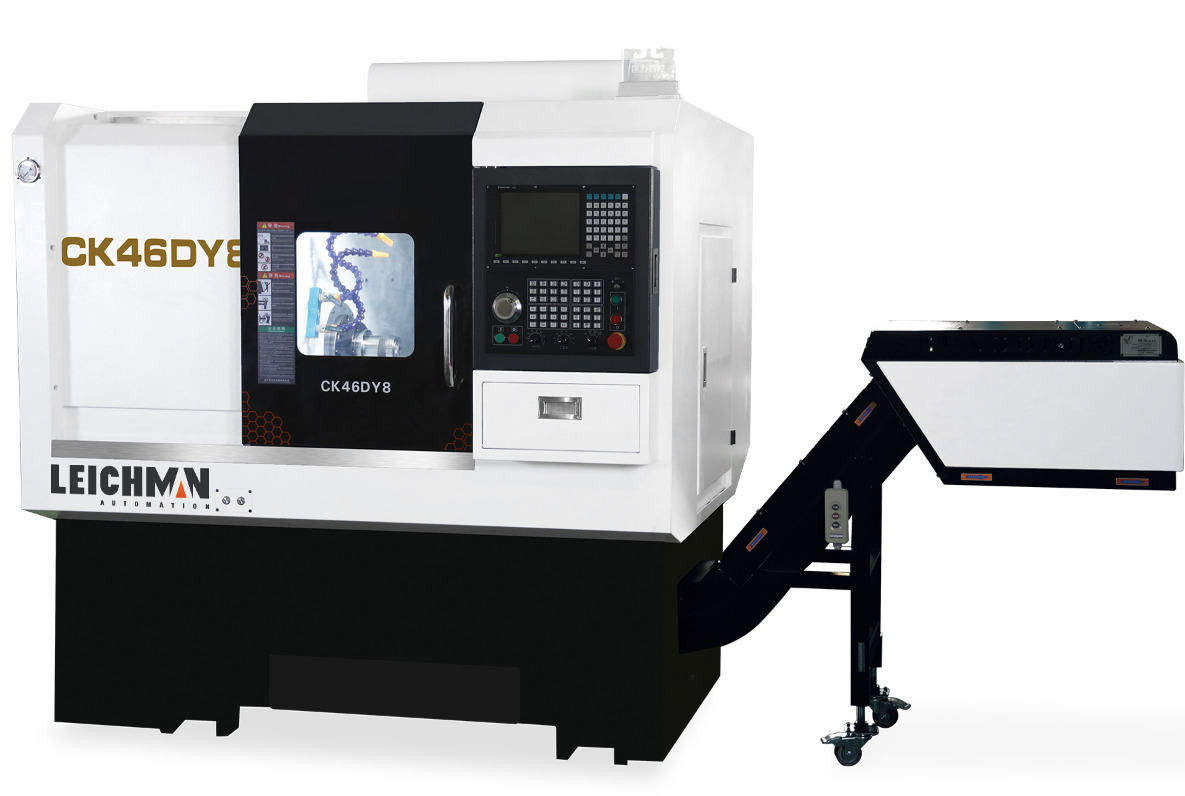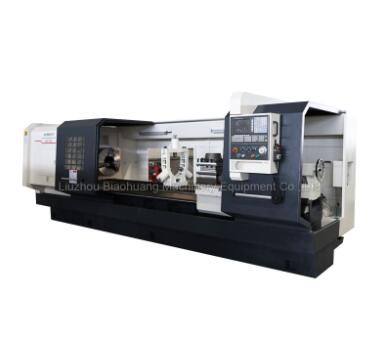How Does an Electric Bicycle Work?
Understanding Electric Bicycles
An electric bicycle, often referred to as an e-bike, combines traditional cycling with electric propulsion. This guide will walk you through how an e-bike works step by step.
Components of an Electric Bicycle
To understand how an electric bicycle works, let’s first look at the main components:
- Electric Motor: The heart of the e-bike, providing propulsion.
- Battery: Stores energy to power the motor.
- Controller: Manages the power flow from the battery to the motor.
- Pedal-assist System: Detects pedaling and engages the motor accordingly.
- Charger: Recharges the battery when it's depleted.
Step 1: Charging the Battery
First, the e-bike’s battery must be charged. The battery is typically removable for convenience, allowing easy charging at home or office. Most batteries take a few hours to charge fully, depending on the type and capacity.
Step 2: Turning on the E-bike
Once charged, the rider turns on the e-bike, activating the controller and motor. Some e-bikes will have a display screen showing battery level, speed, and assistance levels.
Step 3: Selecting Assistance Level
Most e-bikes come with multiple levels of pedal assistance. The rider can choose a level that suits their riding conditions – from minimal assistance to full power. This helps the rider optimize battery usage and experience different levels of support.
Step 4: Pedaling and Engaging the Motor
When the rider starts pedaling, the pedal-assist system detects this motion. Based on the selected assistance level, the controller sends power to the motor, which starts assisting with the pedaling effort. This system allows for a smooth integration of human and motor power.
Recommended article:The Advantages of Implementing Custom Forklift Trucks
Step 5: How the Motor Propels the Bicycle
Revolutionizing Packaging: High-Speed Banding Equipment Insights
10 Questions You Should Know About Eco-Friendly Packaging Solutions
How Does a Wind Turbine Generate Electricity?
10 Insights You Should Have about Electric Vehicle Charging Solutions
10 Things You Need to Understand About Electric Vehicle Charging Stations
Amphibious Long Reach Excavator vs. Traditional Excavators: Which Prevails?
The electric motor, usually found in the hub of the wheels or near the crank, receives power from the battery. It converts electrical energy into mechanical energy, propelling the bike forward. The amount of assistance can vary according to the rider's speed and how hard they are pedaling.
Step 6: Stopping and Regenerative Braking
When it’s time to slow down or stop, e-bikes are equipped with standard braking systems. Many e-bikes also feature regenerative braking, which captures some energy during braking and feeds it back into the battery, extending the range of the bike.
Step 7: Maintaining the E-bike
Regular maintenance is crucial for optimal performance. This includes checking the battery health, motor functionality, and general mechanical upkeep, such as tire pressure and brake checks. A well-maintained e-bike will offer a longer lifespan and a better riding experience.
Conclusion
In summary, an electric bicycle operates by combining human pedaling with an electric motor, powered by a rechargeable battery. Understanding these steps provides insight into how e-bikes enhance the cycling experience, offering convenience, speed, and efficiency.
The company is the world’s best custom forklift truck, 2.0ton electric stacker, hulk-forklift supplier. We are your one-stop shop for all needs. Our staff are highly-specialized and will help you find the product you need.
Recommended article:Key Considerations When Selecting a High-Performance Drone for Aerial Photography
How Full Load Strapping Systems Enhance Safety?
How to Choose the Best Full Load Strapping Systems?
Key Questions to Consider When Investing in Home Security Systems Custom
How Does Recycling Technology Innovation Work?
Top Exporter of 70TPD Maize Flour Milling Plant
10 Questions You Should Know about 70TPD Complete Set of Rice Mill Plant Supplier









